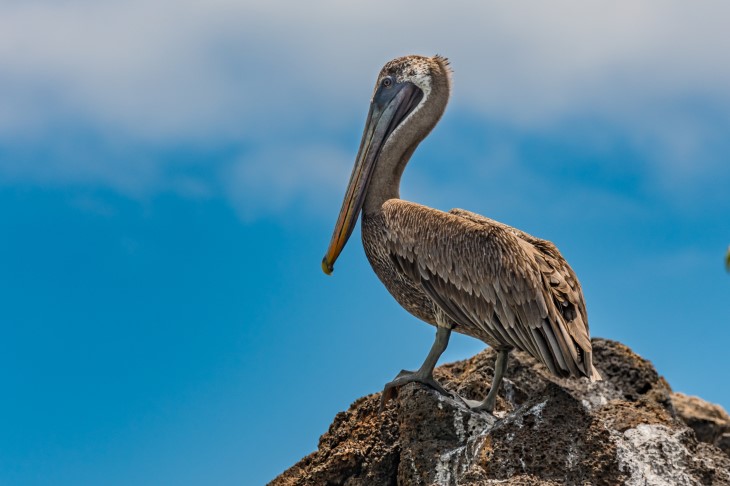
SIGN UP TO RECEIVE
15% OFF
IN YOUR NEXT TOUR
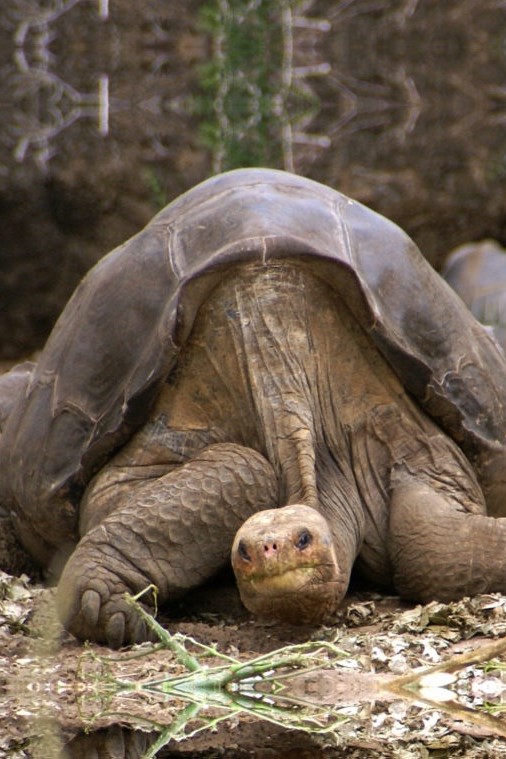
Lonesome George, may Finally be a Father
SCROLL DOWN TO READ
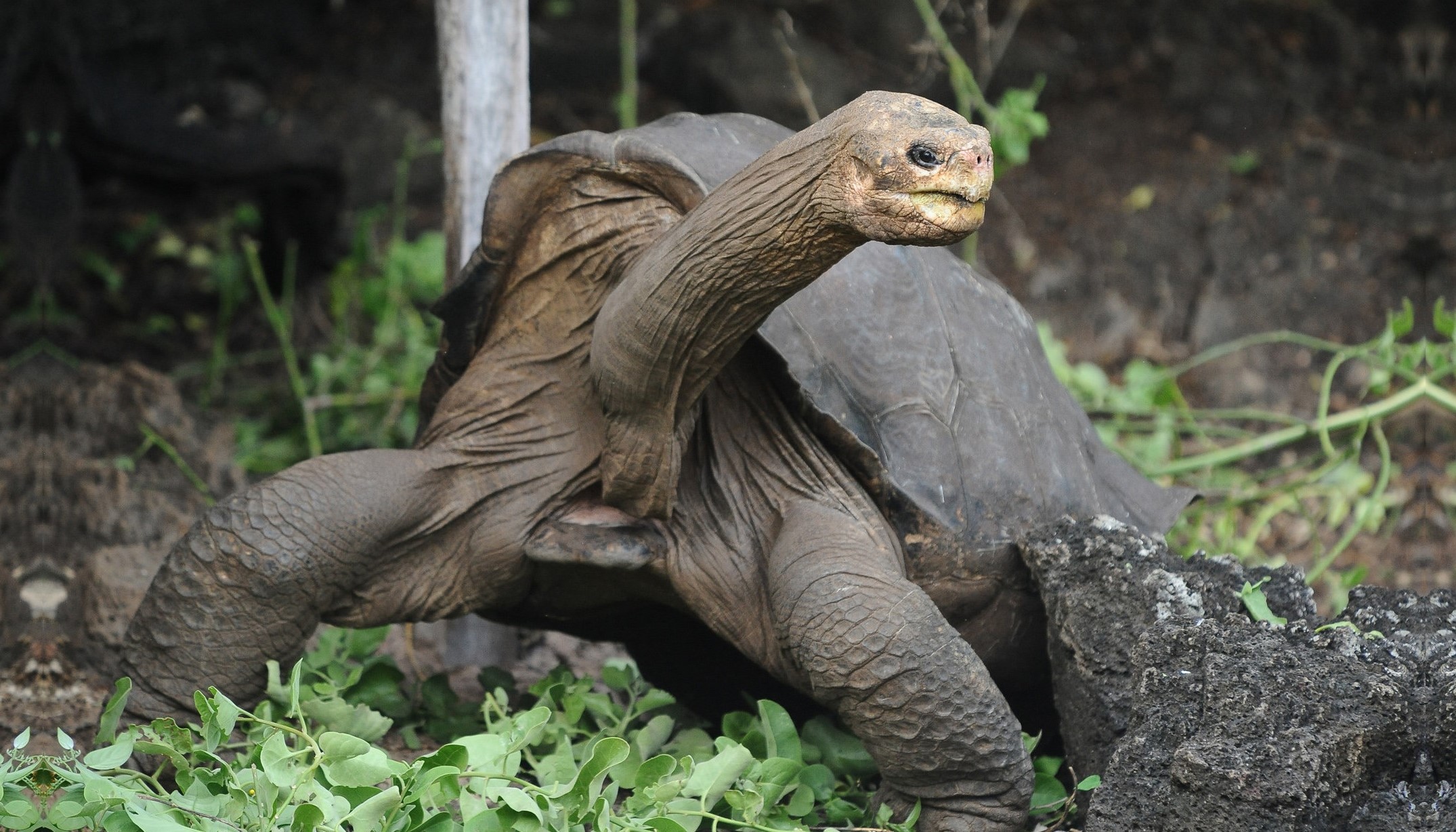
Lonesome George, may Finally be a Father
SCROLL DOWN TO READ
Lonesome George, may Finally be a Father
Lonesome George, the last remaining Galapagos' Pinta giant tortoise, might be a father soon. George has had the company of two Espanola Tortoise females but until now his attempts to pass his genes on to a new generation have proved fruitless. However, scientists in the Galapagos Islands noticed that the two females had laid five eggs and it is hoped that at least three of the discovered eggs will hatch. Scientists at the Galápagos National Park Have been trying for years to get George to avail himself of his female companions to ensure that his line does not peter out.
Lonesome George, was a native of Pinta, an isolated northern island of the Galápagos. By the late 1960s, it was noted that the tortoise population on the rarely visited island had dwindled close to extinction. George was discovered accidentally in late 1972 by a Park Ranger and after few weeks, it was immediately brought into captivity at the Galapagos National Park breeding Center on the island of Santa Cruz. Scientists have been trying to get George to mate since 1993, when they introduced two female tortoises of a different subspecies from the island of Isabela into his pen, but he has been in no hurry to procreate.
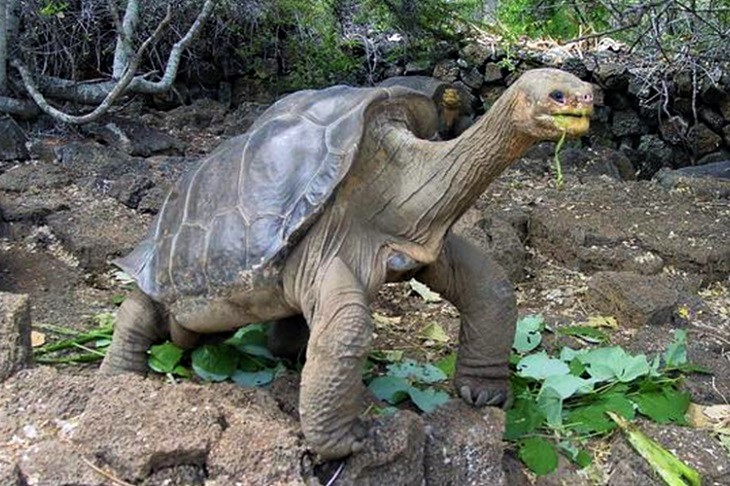
The eggs were swiftly taken from the nest in which they were discovered and transferred to incubators. In order to ensure a gender balance, three of the eggs are being incubated at 29.5 degrees centigrade to ensure females emerge. The other two are being incubated at 28, in the hope that George Junior will be produced.
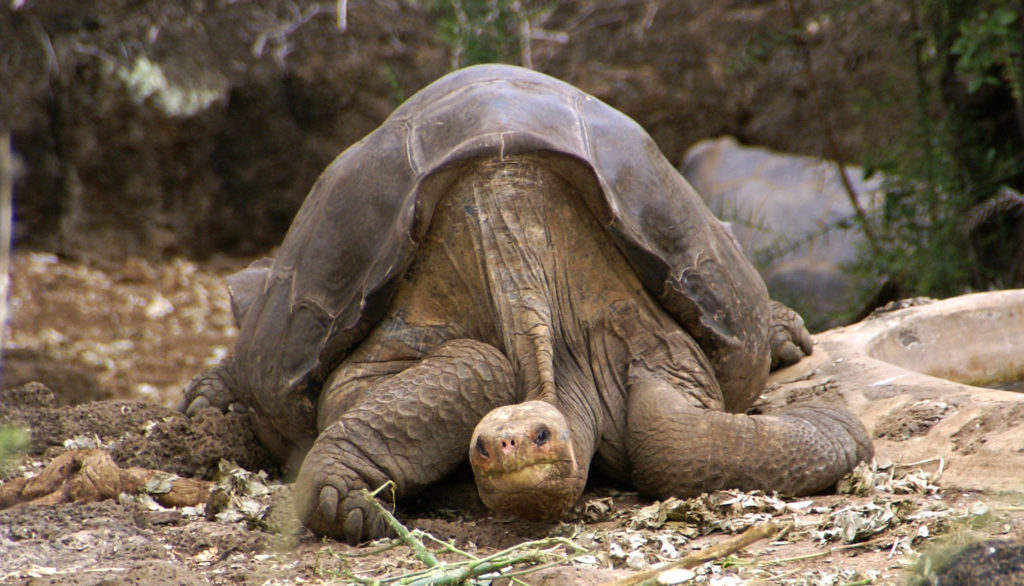
The reason for the different temperatures is that it is what determines gender in this species, rather than chromosomes. For obvious reasons, if these eggs hatch then it will be important to have more females than males to hopefully ensure even more eggs in the future. The enclosure in which the animals are kept and maintained is the penthouse suite of the giant tortoise world, designed to create the perfect conditions for coitus. They have even flown in nutrition experts from around the world to ensure that the animals are in peak condition for reproduction. Perhaps now all this work is about to pay off. Now the wait begins. It takes one hundred and twenty days for the eggs of these giant tortoises (George is ninety kilos himself) to incubate and it will not be until that time period has elapsed that the world will know if George is to be a father or not.
